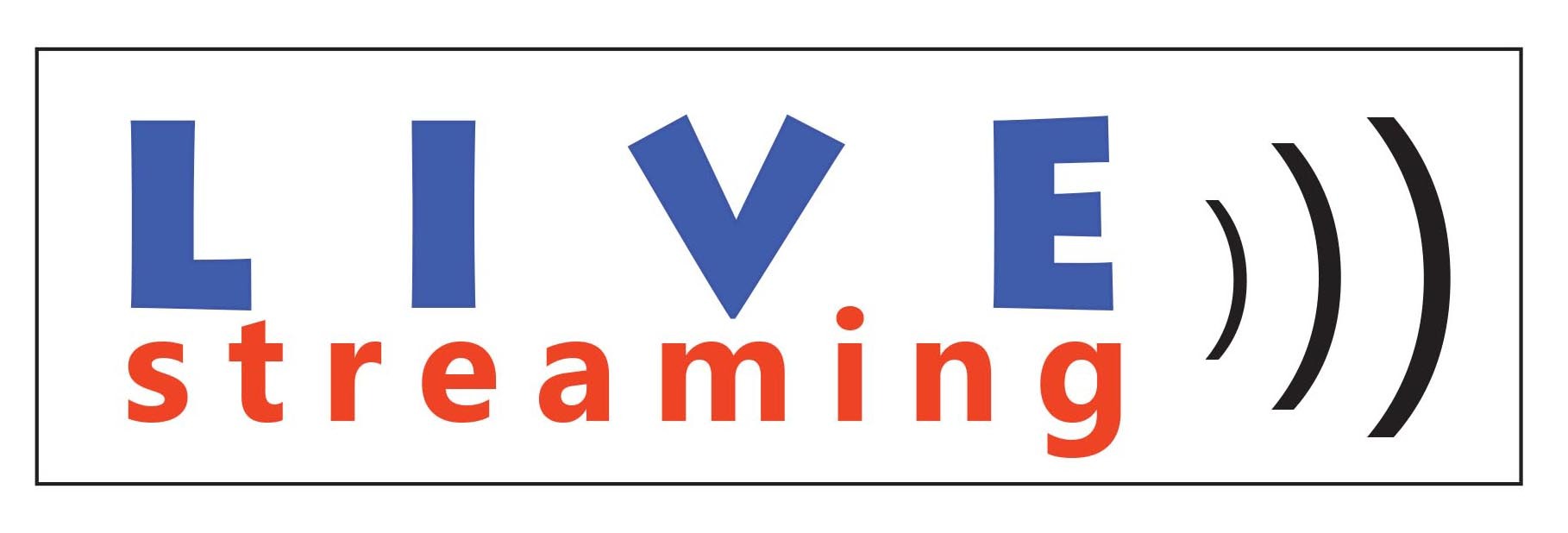Shabbat Shalom with a Heart Healthy Dose of Torah–Shemini
Every year, as we get to this week’s Torah portion, I have to do a Yom Kippur type of self-assessment. Who am I and for what does “Marc” stand? This portion is uniquely devoted to a single theme. Rarely do we find a Biblical text, so tunnel focused on a single theme, and tradition tells us that there has to be more than meets the eyes. Each text yields a spectrum of controversy and conversation, and yet, each will, in its own way, bring us to the same ethical conclusions, whatever directions our ritual choices may lead us.
In one episode, Aaron’s sons (Nadav and Avihu) brought an alien fire to the altar. They did wrong by God and hence had to pay the ultimate price; the fire leapt from the altar to consume them. The majority of commentators presume that the young men were either drunk or overly-arrogant. Torah, though, is the beginning of conversation, and no one commentary stands supreme over others. Throughout the ages, some of us look at figures like Rabbi Akiva who studied and taught Torah even after Rome criminalized Torah study. He died for defying Rome. In fact, as the legend goes, he taught and affirmed even to his last breath. Torah was his own “alien fire” and Roman law was the “altar” of authority.
In modernity, Martin Luther King, Jr. brought an alien fire to the altar. His “alien fire” was equal rights. The “altar” was the status of justice (or injustice) in America. The fire consumed his life. Rabbi Arthur Lelyveld left the comfort of his large Cleveland, Ohio congregation in the 60’s to march for Civil Rights in the South. So beaten and bloodied was he from being attacked that doctors were not sure he would live. His congregation was split. Even while Judaism demands our involvement in justice work, he nearly sacrificed his career, as some members were aghast that he would have marched. For these giants of justice, the “altar” was itself the alien fire. However one interprets this text, ultimately, Torah demands that we pay attention to how we behave, how and what we bring to the altar, and how we must be sure that what we do honors that which is most righteous in the world. We survive or perish on the ways in which our integrity and love manifest through our behaviors.
Virtually the rest of this portion deals with ritual and dietary cleanliness. The text does not tell us why certain foods are an “abomination,” only that God will be unhappy if we eat them. If we choose to only eat the “list appropriate” foods, we still have to slaughter the animal and prepare its meat in an exactly appropriate way … or it does not matter what “good food” list it appears on, it is not kosher. What about animals not on either list? You have the animals that can be eaten and those that can’t … but if one is not on either list, then what? What if your “kosherly” prepared vegan seitan steak under a cream sauce looks like real beef and makes someone believe you violated the rules? What if it was a non-“kosher” meal? Does it matter what someone else thinks? Do we have the right to judge someone else who lives differently than we choose to live? Volumes of commentary exist on kashrut only verifying the levels of ambiguity that exist in a practice that stems from a Torah portion with hard and fast rules. Folks who think that Judaism is mostly legalistic do not know or understand Judaism.
Of course, Torah is an allegory. An entire week’s portion devoted to ritual purity has to, itself, be an intriguing commentary on our relationship with God. While the text draws lots of lines in the sand as to what is and is not appropriate, the text begs so many more conversations and controversies. Each religious tradition has “hard and fast” scriptural rules modified by generational interpretation. The literal wording of text bears little value in the ultimate use of the text in a spiritual context, even while it is the springboard for every conversation.
The sages dedicated an entire Torah portion to our need to focus on ritual purity: both the external purity (what we bring to “God’s priestly” altar) and internal purity (what we use to fuel our internal altar’s fire). It matters far less which ritual level you choose than the ethic behind why you made the choice and how you live out the choice that you made. For me, the ultimate message to glean from this week’s portion is that faith is not a matter of accident. It takes work. Love takes work. Peace takes work. Good health takes work. All the good things for which we live to enjoy take work. On Shabbat, we work to renew our spirit. It is good work to be blessed to do. Shabbat Shalom.

